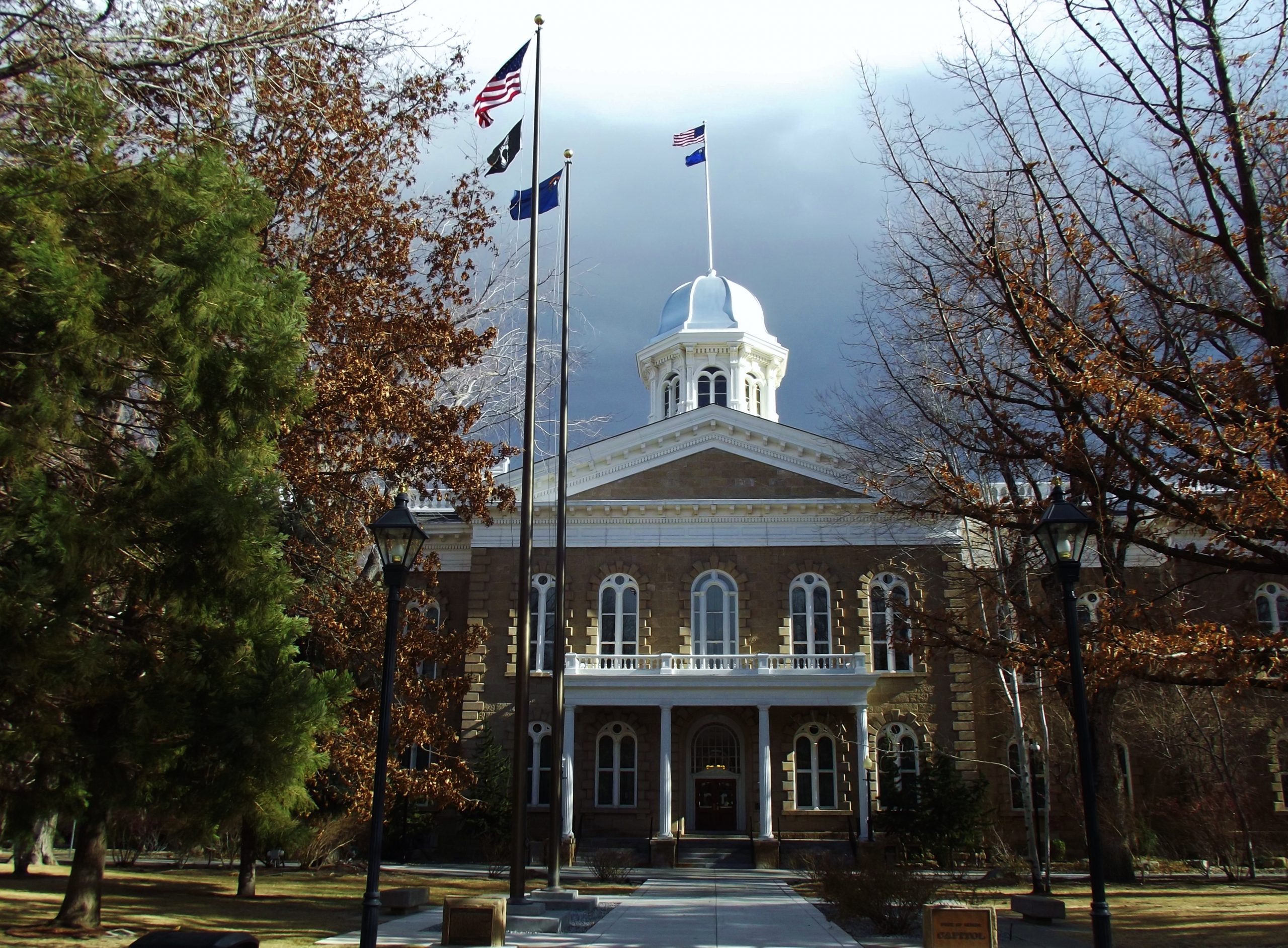On July 21, 2022, the Nevada Voters First campaign announced that the Secretary of State verified 170,941 of their 266,000 submitted signatures for a top-five ranked choice voting initiative, qualifying it for the ballot this November. The campaign needed at least 135,561 valid signatures.
If approved by voters, the measure would establish an open top-five primary and ranked-choice voting for general elections in Nevada. This would apply to U.S. congressional, gubernatorial, state executive offices, and legislative elections. It would not not apply to presidential elections.
Ranked-choice voting is a system of voting in which voters rank multiple candidates by preference on their ballots rather than voting for a single candidate.
Here is how top-five ranked choice voting would work under this initiative:
- For primary elections, the initiative would establish a top-five open primary rather than a primary held for each partisan office. Instead of nominating a Republican nominee and a Democratic nominee for the general election, the primary would allow the five candidates, regardless of party affiliation, who receive the most votes to proceed to the general election. A candidate does not need to be affiliated with a party to run in the primary election.
- For the general election, the top five candidates from the primary would be placed on the general election ballot. The voter would then rank each candidate in order of preference. When the ballots are being counted, the registrar or county clerk would initially tabulate each cast ballot as a vote for the highest-ranked candidate. If a candidate is highest-ranked on the majority of ballots cast, that candidate is the winner. If no candidate wins a majority of first-preference votes, the candidate with the fewest first-preference votes is eliminated. First-preference votes cast for the failed candidate are eliminated, lifting the second-preference choices indicated on those ballots. A new tally would be conducted to determine whether any candidate has won a majority of the adjusted votes. The process is repeated until a candidate wins a simple majority.
Two states currently use ranked-choice voting in some federal or statewide elections. Alaska allows ranked-choice voting in both federal and statewide elections, while Maine allows ranked-choice voting in federal elections and certain statewide primaries. Hawaii has also enacted that ranked-choice voting for federal special elections would take place starting in 2023.
Sandra Cosgrove, an initiative supporter and professor of history at the College of Southern Nevada, said, “We want to have more options. We don’t want just two people moving forward from the primary to the general election. We want five people, because oftentimes when you look at the people who move forward, it’s just the people with the most money."
Emily Persaud-Zamora, an initiative opponent and executive director of Silver State Voices, said, "Ranked choice voting makes casting a ballot more time consuming, more complicated and more confusing for voters. It will inevitably lead to increased errors. Ranked choice vote ballots are significantly more likely to be thrown out and uncounted because of those voters’ mistakes, ultimately disenfranchising more voters because of an overly complex and burdensome process.”
For an initiated constitutional amendment to pass in Nevada, voters must approve of the measure by a simple majority at two consecutive elections. In this case, the measure must pass in the 2022 and 2024 general elections.
In Nevada, citizen initiatives were approved 73% of the time and defeated 27% of the time between 1985 and 2020. Out of the 30 total initiatives that have been on the ballot during this period, 22 were approved and 8 were defeated.
Additional reading:


